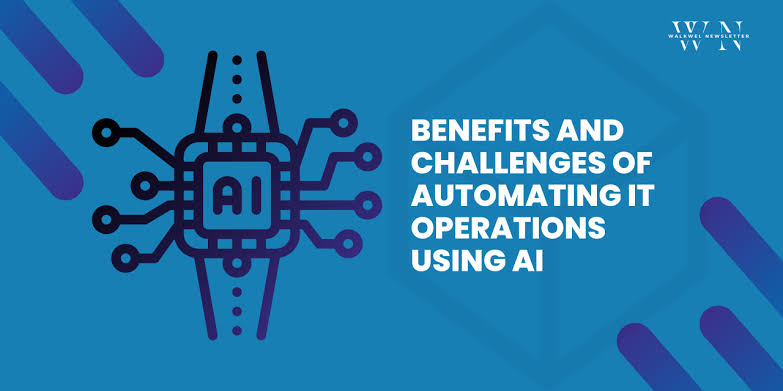The Benefits and Challenges of AI Automation in Government Services
Explore the impact of AI automation in government services, including its benefits like increased efficiency and accuracy, and challenges such as job displacement and data privacy concerns. Learn how AI is transforming public sector operations and the considerations needed for successful implementation.
AI Automation | September 4, 2024
Explore the impact of AI automation in government services, including its benefits like increased efficiency and accuracy, and challenges such as job displacement and data privacy concerns. Learn how AI is transforming public sector operations and the considerations needed for successful implementation.
**Advantages and Hurdles of AI Automation in Government Services** The integration of intelligence (AI) into government services is on the rise offering benefits while also posing challenges. This trend towards AI automation reflects a broader movement towards using technology to enhance efficiency, accuracy and accessibility in operations. Recognizing the pros and cons of AI in government services is essential for policymakers, administrators and citizens. **Advantages of AI Automation in Government Services** One key advantage of AI automation in government services is improved efficiency. AI systems can process data at speeds than humans. This enables faster and more precise handling of tasks like processing applications, analyzing data and managing administrative duties. For example AI powered chatbots and virtual assistants can address inquiries simultaneously reducing wait times and allowing human staff to focus on complex responsibilities.
Another advantage is the precision and decrease in mistakes. When designed and trained AI algorithms can reduce errors, in data input and decision making. For instance AI systems utilized in tax processing or social welfare programs can minimize errors that may arise from handling of data. This level of accuracy is vital, for maintaining public confidence and ensuring that services are provided equitably and accurately.
Moreover AI improves the capability of government bodies to offer services. Machine learning techniques can examine data patterns to customize services according, to specific requirements. This is especially valuable in fields like healthcare where AI can assist in creating tailored treatment plans based on patient information or in social services where AI can identify individuals who could benefit from targeted support.
Moreover the automation of processes has the potential to bring about cost efficiencies for government bodies. By streamlining procedures and minimizing reliance on human labor AI can help reduce expenses. For instance automated systems designed for handling records or overseeing budgets can alleviate burdens and associated costs.
**Challenges Posed by AI Automation, in Government Services**
Despite these advantages the integration of AI into government services faces hurdles. One significant concern revolves around the risk of job displacement. As AI technology takes on tasks there is a possibility that certain government roles may become redundant. This could result in disruptions, within the workforce necessitating planning to manage transitions such as upskilling initiatives for impacted employees.
Another challenge lies in the necessity for robust privacy and security measures. AI systems often depend on datasets that may contain information. Safeguarding this data from breaches and misuse is crucial. Government entities must establish security protocols and adhere to data protection regulations to ensure the security of information.
Concerns about bias and fairness in algorithms are significant. AI systems reflect the data they're trained on. If the training data has biases the AI can not only replicate those biases but also amplify them in its decision making. This can result in treatment of individuals or groups. It's crucial to design and test AI systems for fairness to prevent discrimination and uphold public trust.
Integrating AI into government infrastructure can be a complex and expensive process. Updating existing systems to incorporate AI may involve investments in new hardware, software and training. Additionally there could be challenges in ensuring that AI systems seamlessly integrate with existing technologies used by government agencies.
Moreover there is a necessity for transparency and accountability in AI decision making. As AI plays a role in services it's essential that its decisions are understandable and subject to auditing. This ensures operation and allows for prompt resolution of any errors or issues.
**Conclusion**
The use of AI automation in government services brings about advantages, like enhanced efficiency, greater precision, tailored services and cost reductions. However it also comes with obstacles such as job displacement, data privacy issues, potential bias, integration challenges and the need for transparency. To tackle these challenges effectively a balanced approach is needed that weighs the benefits of AI against the safeguards required to uphold public interests. With advancements in technology careful planning and execution will be crucial, in optimizing the perks of AI while minimizing its downsides.
